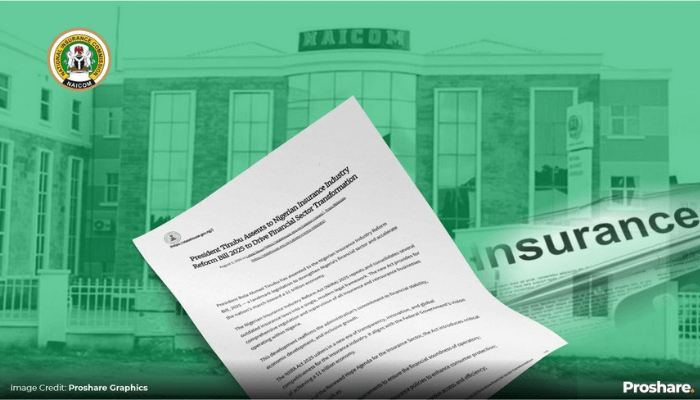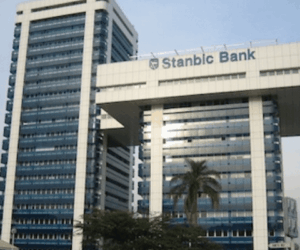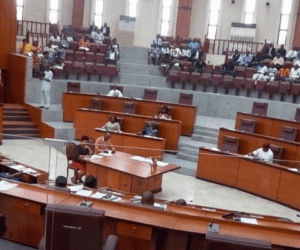The Nigerian Insurance Industry Reform Act 2025 (NIIRA 2025) has established a modern regulatory framework for insurance practice in Nigeria. It emphasises the protection of policyholders, ethical market conduct, wider penetration of insurance products and promotion of economic growth.
While the Act regulates all areas of insurance products and services, I will limit my write-up to the aspect of building insurance under NIIRA 2025, as a real estate professional, to address a major asset and liability class – building or real estate, using an encompassing nomenclature.
Buildings represent significant financial investments and public safety assets. NIIRA 2025 mandates compulsory insurance for public buildings—defined under Section 76(6) as:
Tenement houses of more than one floor; hostels and buildings occupied by tenants, lodgers, or licensees; and any building accessible to the public for education, medical care, recreation, or business.
The risks covered mandatorily for buildings include collapse, fire, flood, storm, and the death or injury of occupiers, with the frequency of renewal being annual.
Failing to insure any building which falls under the definition of public building under the Act attracts a penalty for non-compliance of up to 3 years’ imprisonment or a ₦2 million fine, or both, as stated in Section 76(5)-(7) of the Act.
Although compliance requires simply taking an insurance policy which covers these risk elements listed above, as stated in the Act, the truth and international best practice standard is to adequately assess the value of the building through a registered valuer (i.e., an estate surveyor and valuer in Nigeria) and obtain a valuation certificate specifically for insurance purposes.
Professional valuation is central to the effective implementation of NIIRA 2025. Insurers and the insured rely on registered valuers to determine accurate reinstatement costs and fair indemnity values and to assess risks at different phases of the building life cycle.
Though the professional responsibility of a registered estate surveyor and valuer runs from the pre-construction stage of a building, in undertaking feasibility appraisal and site valuation before construction, to the public occupancy and use stage after construction is completed, the focus here is more on the construction-to-use stage.
Read also: The Nigerian Insurance Industry Reform Act 2025 – Navigating compliance
Construction phase:
During active construction, a valuer assesses the value of the work done with other physical components, which requires risk cover and contingencies. Insurance cover at this stage safeguards against risks such as partial collapse, fire outbreaks, site accidents or natural hazards. However, this insurance cover is, in a number of cases, based on the cost of the project. This is called the All Risk Insurance cover.
Completion phase:
In the same vein, upon completion and obtaining Occupancy Certification from the appropriate building authority, a full reinstatement valuation assessment is required to be carried out, together with market valuation and likely depreciation schedules. This valuation is critical for securing compulsory insurance before the building is occupied by the public. The market value component also helps the property owner to know the market value of the asset for economic purposes. This is a different but necessary valuation aspect, which is advisable for the property owner’s gain to know the market worth of the investment.
Public occupancy and use phase:
Once the building is in use, periodic revaluations are necessary to reflect market/cost realities, alterations, depreciation and extension costs. This ensures that annual renewals of insurance under NIIRA 2025 are based on current and adequate values.
The importance of valuation:
Valuation helps the insurer and the insured determine a fair value of the sum assured. This is instructive, as giving an arbitrary value for your building’s sum assured may lead to inadequate cover in the event of an occurrence of the risks. Valuation is therefore a professional tool to safeguard the investment of the insured in an asset in case the risk occurs.
Section 79(1)-(3) requires that the fire insurance payout be used to rebuild the damaged building. The only basis upon which this can be guaranteed is if the building is insured based on a recent insurance valuation by a registered valuer, which will cover the risk based on current or recent economic realities and the type of policy obtained from the insurer.
It must be noted that the changing cost of building materials in the marketplace (due to forex impact and inflation, among others), as well as other components of costs and value issues annually and over time, play a significant role in determining the current insurance value of a building per time or from year to year.
This also depends on the basis of an insurance policy, either reinstatement or indemnity. A professional valuation will capture the effect of these socio-economic indices in the presentation of an insurance value, which will represent a fair basis for the risk cover as the insurance sum or sum assured of a building.
A building insurance policy is a protection against the loss of your building, just as insurance is for other asset types. By embedding professional building valuation into the delivery framework of NIIRA 2025, stakeholders will safeguard investments, comply with best practices as well as statutory obligations and ensure fair compensation in the event of loss.
For property owners, insurers, and regulators alike, valuation is not just a compliance tool; it is the foundation for a resilient and transparent building insurance system to prevent economic and investment losses by the insured customer.
Bamigbola is a chartered surveyor/estate surveyor & valuer and senior partner at Bamigbola Consulting.









